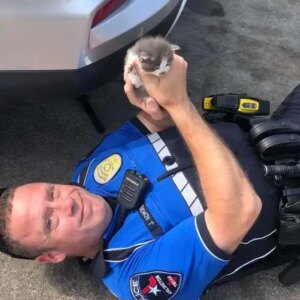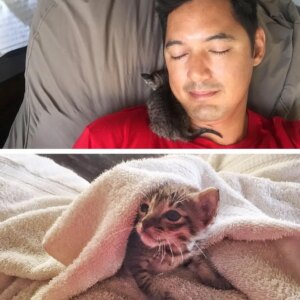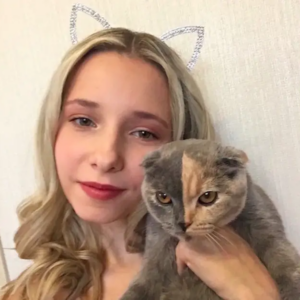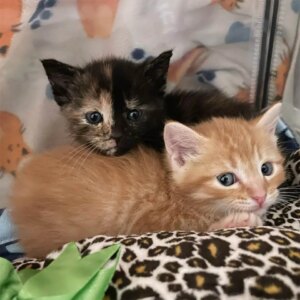Cat body language is an essential aspect of feline communication.
Understanding what your cat is trying to convey through its body movements, postures, and facial expressions can help you build a stronger bond with your pet and ensure its well-being.
In this article, we will explore the importance of cat body language and provide insights into interpreting various signals.
By learning how to decipher your cat’s body language, you can communicate more effectively and respond appropriately to their needs.
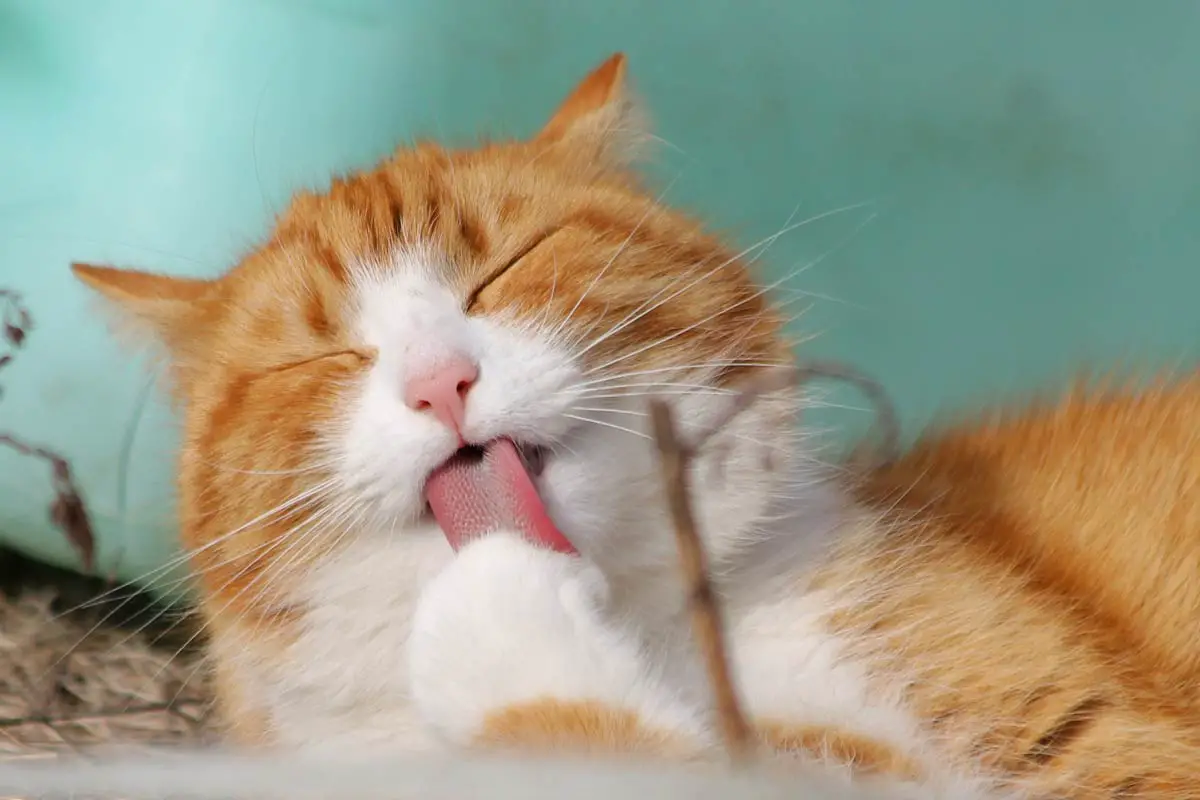
1. Why is Cat Body Language Important?
Cat body language serves as a primary means of communication for cats. Unlike humans, who predominantly rely on verbal communication, cats express their emotions and intentions through a combination of physical cues.
By paying attention to these signals, you can gain valuable insights into your cat’s emotional state and needs.
Understanding your cat’s body language can help you:
Strengthen your bond: By recognizing and responding to your cat’s body language, you can establish trust and build a stronger bond with them. This mutual understanding creates a sense of security and comfort for your feline companion.
Identify stress and discomfort: Cats may exhibit specific body language cues when they are stressed or experiencing discomfort. Recognizing these signs allows you to address the underlying issue promptly and provide the necessary support.
Prevent conflicts: By understanding a cat’s body language, you can identify signs of aggression or fear in your cat. This knowledge enables you to intervene and prevent potential conflicts with other pets or humans, ensuring a safe environment for everyone involved.
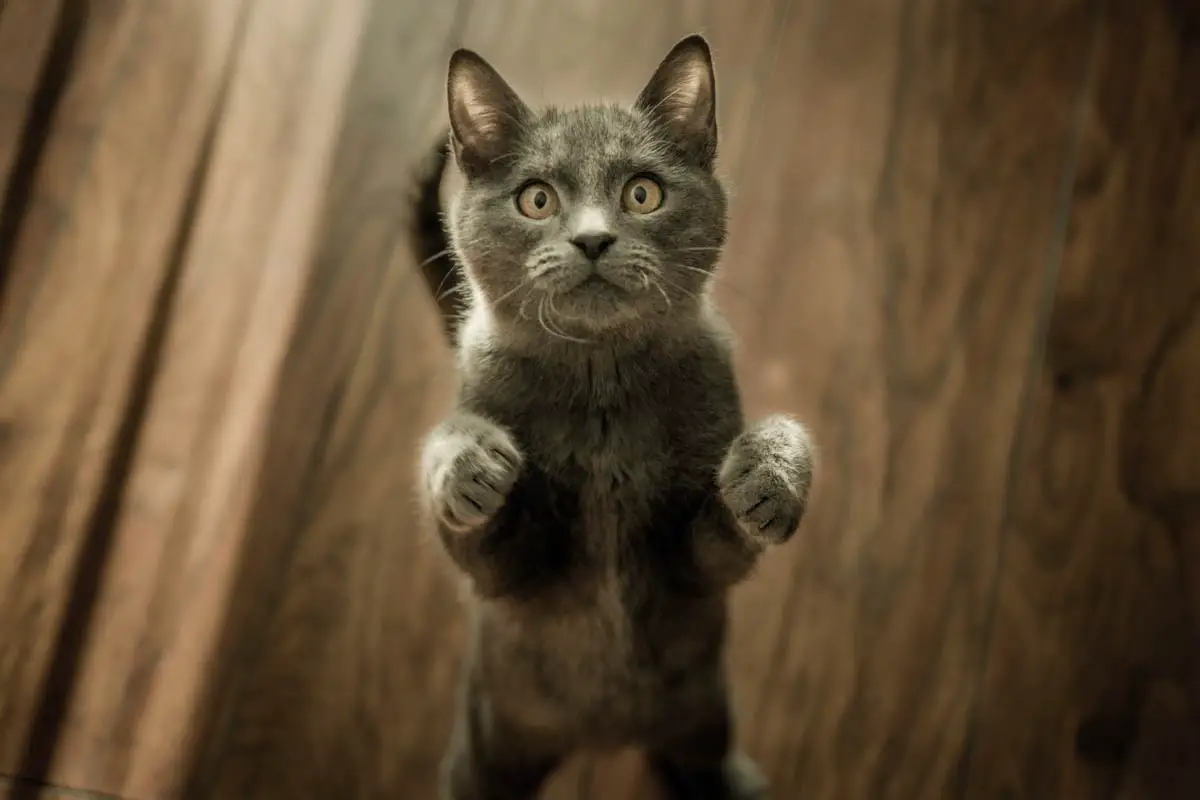
2. Understanding Cat Body Language
Cats communicate their emotions and intentions through a variety of body language signals.
Here are some common examples:
Happy Cat
Tail: A happy cat usually holds its tail upright or slightly curved. The tail may sway gently from side to side.
Ears: The ears of a contented cat are in their natural, relaxed position, pointing forward or slightly to the sides.
Eyes: When a cat is happy, its eyes are relaxed and may appear half-closed or partially squinted.
Body Posture: A relaxed and happy cat has a loose and fluid body posture, with no signs of tension.
Playful Cat
Tail: A playful cat often holds its tail upright with a slight curve at the end, resembling an inverted U-shape.
Ears: The ears are usually upright and alert, indicating excitement and engagement.
Eyes: Playful cats have bright, wide-open eyes that show curiosity and anticipation.
Body Posture: A playful cat may crouch down with its hindquarters raised, ready to pounce. It may also engage in quick movements and playful leaps.
Stressed Cat
Tail: A stressed cat may flick its tail rapidly from side to side or tuck it tightly against its body.
Ears: The ears of a stressed cat may be flattened against its head or swivel back and forth.
Eyes: Stressed cats often have dilated pupils, indicating heightened alertness and anxiety.
Body Posture: A stressed cat may crouch down with its body tense, ready to flee or defend itself. It may seek hiding spots or exhibit restless movements.
Fearful Cat
Tail: A fearful cat may hold its tail low or be tucked between its hind legs.
Ears: The ears are usually flattened against the head or turned sideways, indicating fear and submission.
Eyes: Fearful cats have wide-open eyes with dilated pupils, showing a heightened state of vigilance.
Body Posture: A fearful cat may crouch down, hunch its body, or try to make itself appear smaller. It may also avoid eye contact and exhibit trembling or freezing behavior.
Aggressive Cat
Tail: An aggressive cat often holds its tail low or straight down, and the fur on the tail may be puffed up.
Ears: The ears of an aggressive cat are usually flattened against the head or turned sideways.
Eyes: Aggressive cats have wide-open eyes with dilated pupils, accompanied by a focused and intense gaze.
Body Posture: An aggressive cat may adopt a stiff and rigid body posture, with raised fur along the back. It may also growl, hiss, or snarl as a warning.
Sick or Painful Cat
Tail: A sick or painful cat may hold its tail low or be tucked between its hind legs.
Ears: The ears are often in their natural position, indicating that the cat is not actively responding to the environment.
Eyes: Sick or painful cats may have partially closed eyes or appear lethargic.
Body Posture: A sick or painful cat may exhibit a hunched posture, reduced activity level, and may show signs of discomfort like limping or reluctance to move.
Remember that each cat is unique, and their body language may vary slightly. It’s crucial to consider their overall behavior and context when interpreting their body language. By understanding these different cues, you can better respond to your cat’s needs, and provide appropriate.
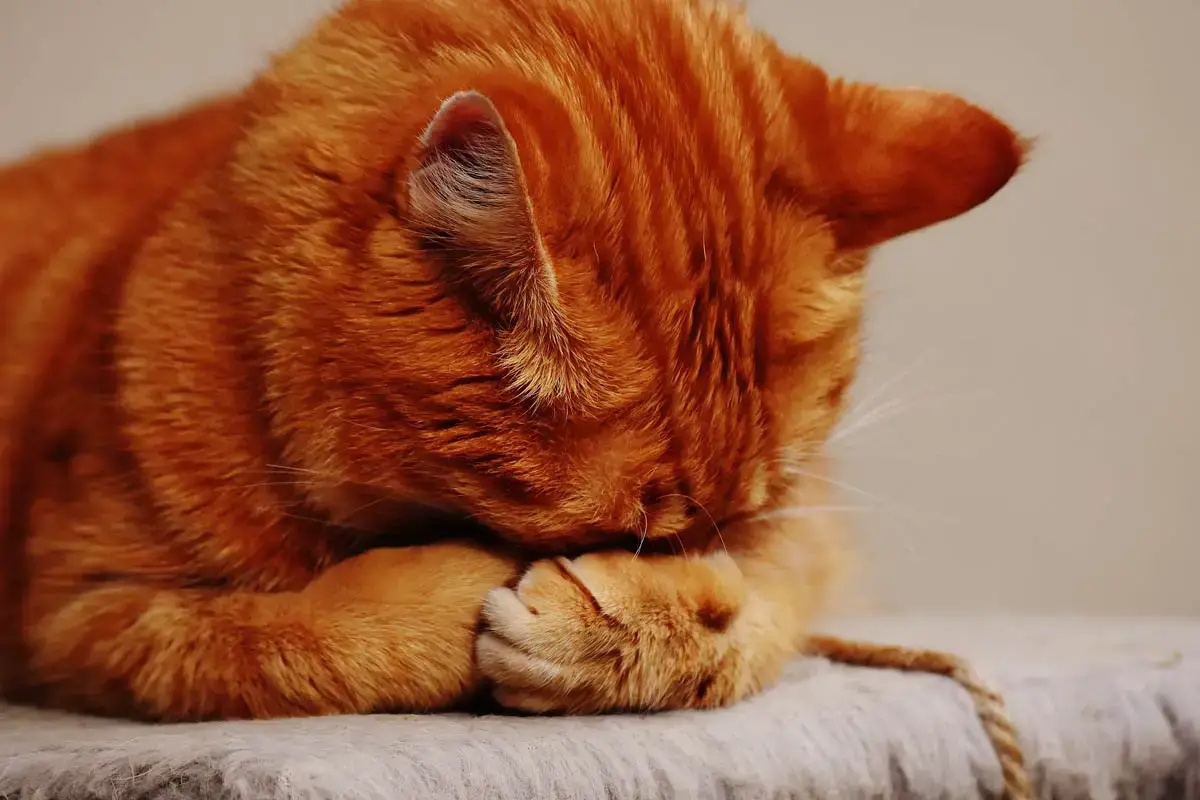
3. How to Communicate with Your Dog Using Body Language
To effectively communicate with your cat using body language, you can:
Observe and mimic their behavior: Pay close attention to your cat’s body language and try to mimic their movements and postures. This can help establish a sense of familiarity and empathy.
Use slow blinks: Engage in slow blinking with your cat to convey trust and affection. This is a gentle way to communicate that you mean no harm.
Respect personal space: Allow your cat to approach you on their terms. Respect their personal space and avoid forcing physical contact.
Provide a safe environment: Ensure that your cat feels secure and has access to hiding spots or elevated perches where it can retreat if needed.
Avoid punishment: Instead of using punishment as a form of communication, focus on positive reinforcement. Reward desired behaviors with treats or affection to encourage a deeper understanding between you and your cat.
Related: Basic Cat Training – 10 Essential Tips for The New Owners
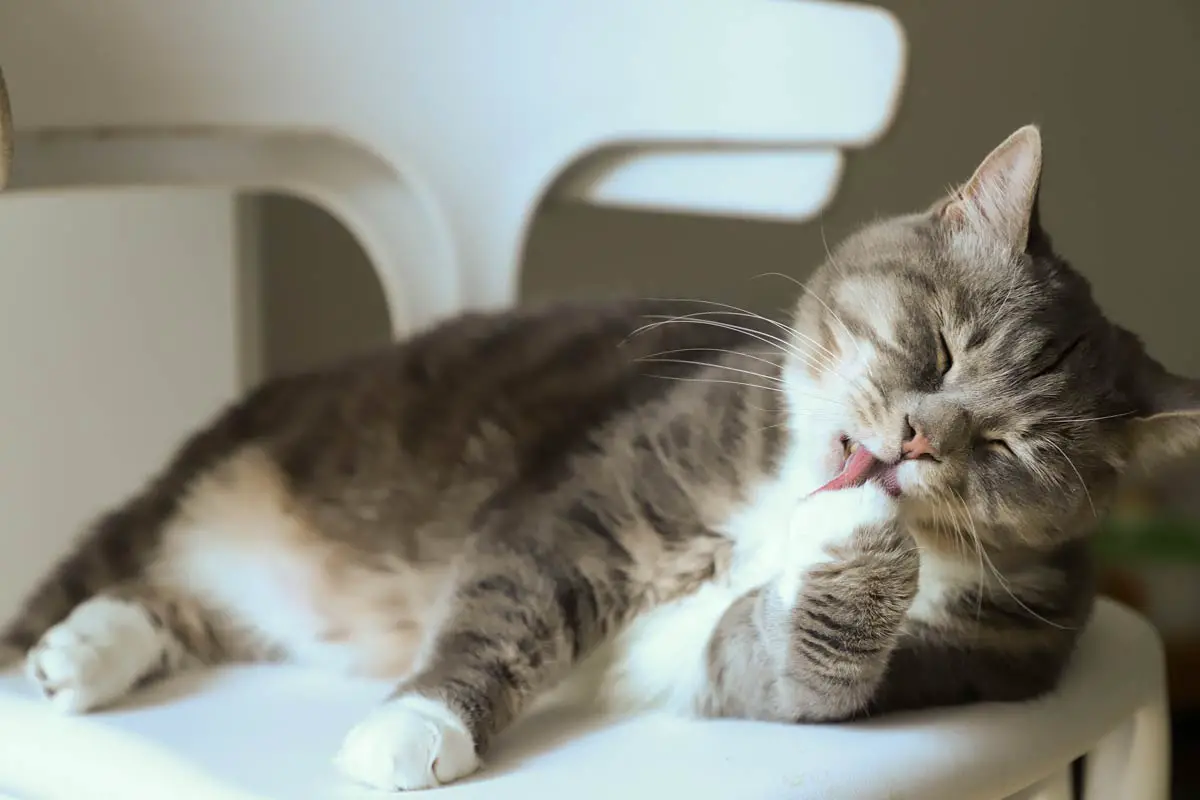
Conclution
Understanding cat body language is crucial for any cat owner.
By deciphering your cat’s signals, you can enhance your relationship, recognize their emotional state, and respond appropriately to their needs.
By implementing effective communication techniques using body language, you can ensure a harmonious and fulfilling bond with your feline companion.
Remember, each cat is unique, and while there are general guidelines, it’s essential to consider your cat’s individual personality and behavior patterns.
Regular observation and a willingness to learn will help you develop a deeper understanding of your cat’s body language over time.
Related: 10 Common Cat Behaviors: Causes and Solutions
